Advertisements
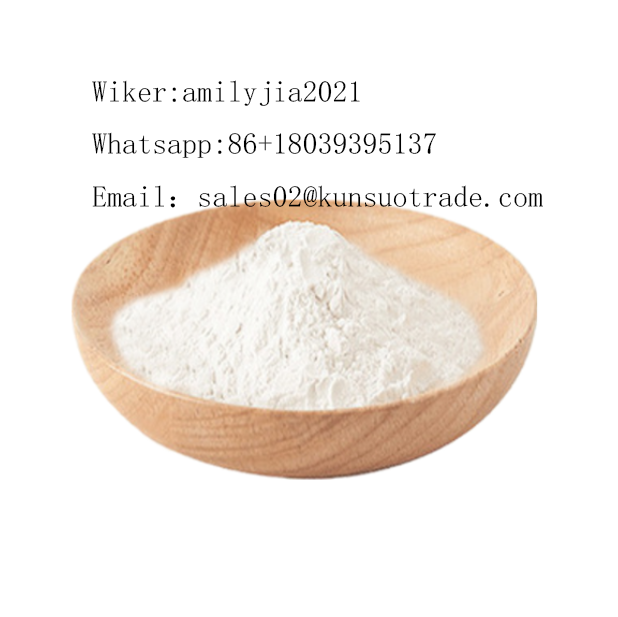


Ivermectin cas 70288-86-7
| Price: | US$ 100 |
|---|---|
| Minimum Order: | 1kg |
| Payment Terms: | Bitcon /Westunion/Paypal/Bankcard or others |
| Port of Export: | Tianjin |
Product Details
| Model No.: | Brand Name: | kunsuo |
|---|
| Certification: | |
|---|---|
| Specification: |
Product Name: Ivermectin
Synonyms: IVERMECTIN HCL;Ivermectin EP2000;IVERMECTIN NOT LESS THAN 93.0% OF 22,23-DIHY- DROAVERMECTIN B1A, AND NOT LESS THAN 97.0% OF 22,23-DIHY-DROAVERMECTIN B1(B1A+B1B);IVERMECTIN EP(CRM STANDARD);IVERMECTIN USP(CRM STANDARD);IvermectineEp2000;IVOMEC;IVERMECTIN CAS: 70288-86-7 MF: C48H74O14 MW: 875.09 EINECS: 274-536-0 Product Categories: Acetylcholine receptor;Veterinaries;Antibiotics;UVCBs-organic;APIs;Chiral Reagents;Intermediates & Fine Chemicals;Pharmaceuticals;Pharmaceutical intermediate;API;Antiparasitic drug;Anti-parasitic medicine;We have in stock now;Inhibitors Mol File: 70288-86-7.mol Ivermectin Structure Ivermectin Chemical Properties alpha D +71.5 ¯ 3® (c = 0.755 in chloroform) RTECS IH7891500 storage temp. 2-8®C solubility H2O: ≤1.0% KF form powder Water Solubility 4mg/L(temperature not stated) InChIKey AZSNMRSAGSSBNP-XPNPUAGNSA-N CAS DataBase Reference 70288-86-7(CAS DataBase Reference) EPA Substance Registry System Ivermectin (70288-86-7) |
Packaging & Delivery
| Packaging: | 25kg per bag or as requirment |
|---|---|
| Delivery/Lead Time: | 7-15 Days |
| Production Capacity: | 10000000kg |
Product Description
Product Name: Ivermectin
Synonyms: IVERMECTIN HCL;Ivermectin EP2000;IVERMECTIN NOT LESS THAN 93.0% OF 22,23-DIHY- DROAVERMECTIN B1A, AND NOT LESS THAN 97.0% OF 22,23-DIHY-DROAVERMECTIN B1(B1A+B1B);IVERMECTIN EP(CRM STANDARD);IVERMECTIN USP(CRM STANDARD);IvermectineEp2000;IVOMEC;IVERMECTIN
CAS: 70288-86-7
MF: C48H74O14
MW: 875.09
EINECS: 274-536-0
Product Categories: Acetylcholine receptor;Veterinaries;Antibiotics;UVCBs-organic;APIs;Chiral Reagents;Intermediates & Fine Chemicals;Pharmaceuticals;Pharmaceutical intermediate;API;Antiparasitic drug;Anti-parasitic medicine;We have in stock now;Inhibitors
Mol File: 70288-86-7.mol
Ivermectin Structure
Ivermectin Chemical Properties
alpha D +71.5 ¯ 3® (c = 0.755 in chloroform)
RTECS IH7891500
storage temp. 2-8®C
solubility H2O: ≤1.0% KF
form powder
Water Solubility 4mg/L(temperature not stated)
InChIKey AZSNMRSAGSSBNP-XPNPUAGNSA-N
CAS DataBase Reference 70288-86-7(CAS DataBase Reference)
EPA Substance Registry System Ivermectin (70288-86-7)
Ivermectin poisoning Ivermectin also called Ivomec, is a kind of medicine that has a good effect on mite disease treatment.It will cause poisoning if were overcommit ted. The symptoms of ivermectin poisoning are as follows: vomiting, accelerated breathing ,weakness and paralysis in arms and legs, and congestive heart failure that would cause death.
Rescue : Just take orally mung bean licorice drink detoxification with 10% of glucose and inject dexamethasone when necessary.
Effects of ivermectin Ivermectin is white or light yellow crystalline powder and soluble in methyl alcohol, ester and aromatic hydrocarbon but water. Ivermectin is a kind of antibiotic medicine which has a driving and killing effect on nematodes, insects and mites. Injection and troche which are made from ivermectin are mainly used in the treatments of livestock’s gastrointestinal nematode, bovine hypodermosis, calf fly maggot, sheep nasal fly maggot, and scabies of sheep and pigs. Besides, ivermectin can also be available for the treatment of plant-parasitic nematodes(ascarid, lungworm) in poultry. In addition, it can also be made into agricultural insecticide to kill mite, plutella xylostella, cabbage caterpillar, leaf miner, phylloxera and nematode which are widely parasitic in plants. The most outstanding feature of this insecticide is that it has little side effects and can drive and kill many kinds of parasites both internally and externally at a time.
The above information is edited by the Chemicalbook Bai Linlin.
Botanical pesticide of ivermectin Ivermectin is a kind of botanical pesticide which is made of cynanchum komarovii, sophora alopecuroides and many other plants and Chinese herbal pieces through grinding, dissolving, adding promoters and penetrant and processing the mixtures. Its action mechanism is mainly based on contact poisoning with stomach toxicity as an complementary, which has a promoting effect on plant growth. It can be used to prevent and kill all kinds of aphids and defoliators. If diluted with water to 1000~2000 times and spayed, its control effect can reach above 98%. Ivermectin is a new generation of botanical pesticide that is low toxicity, low residual and has no hazard to people, livestock and environment.
The insecticidal mechanism of ivermectin is to inhibit the synthesis of chitin of insect epicutile. The main component of chlorbenzuron is stomach poison, but it can also intrude into insect epicutile and take effect. The prevention and treatment of defoliator has many advantages such as special action mechanism, good effect, long residual period, low cost, tolerant to rain shower, not easy to generate insecticide resistance and safe for plants, human, livestock and environment.
Instruction of ivermectin [Pharmacologic action] Ivermectin has killing effects on microfilaria, but its exact mechanism is not clear. It can be used as agonist for neurotransmitter γ-tyrosine(GABA) to break the transfer process of synapses in the central nervous system neurons mediated by GABA, which can lead to death of polypide by paralyzing its nervous system. As for adult insects, ivermectin doesn’t work, but it can affect the normal development of microfilariae of onchocerca volvulus in the female uterus, and can inhibit the release from the pregnant worm palace. Ivermectin has slow and persistent effect on microfilaria compared with diethylcarbamazine. It can quickly reduce the number of microfilariae of patients with the skin. However, it has a relatively slow effect on the larva of patients’ cornea and anterior chamber of eyes, therefore the number of larva in this area declines rather slow.
[Pharmacokinetics]After taking the medicine orally, blood concentration will reach the peak in 4 hours and T1/2 in 10 hours. Animal experiments showed only l~2% of oral doses appears in the urine in the form of original drug and the others is excreted with excrement. The drug concentration in the liver and adipose is very high, but cannot penetrate the blood brain barrier, while in the nerve cells including GABA the concentration is rather low, hence we rarely see the response of central nervous system after taking medicine.
[Adaptation disease]the main medicine of treating onchocercosis.
[Usage and dosage] Take the medicine orally one hour before the meal. The usual dose of onchocercosis treatment: 0.15-0.2mg/kg according to the weight, every 6-12 month at a time, depending on the symptoms and the reappear time of microfilaria. It can prevent the further development of ocular disorders(mostly caused by microfilaria), but this can’t be a radical treatment, because it’s inability to kill adult insects.
[Preparation and specification] Ivermectin tablet 6mg
[Untoward effects] Non-infected people and other Mammalian species are well tolerant towards this product. Symptoms like drowsiness, ataxia, mydriasis, tremble and even death will appear when given mega dose of this product to animals. The patients who suffer from onchocercosis may have transience and slight side effect after taking this medicine, most of which are rash and pruritus(caused by the death of microfilaria in the skin), lymphadenopathy(gall, seen in the neck, armpit, and inguen). It is rare to see the symptoms such as swirl, postural hypotension(faint), radiation, headache, joint sore, weakness and so on. There is not much change in ocular lesions. Occasionally, we can see the change of electrocardiogram but the significance is unclear. This product has no carcinogenic and teratogenic effect.
Chemical properties Ivermectin contains at least 80% of 22,23-dihydroavermectin B1a and less than 20%22,23-dihydroavermectin B1b. It is white powder. [α]D+71.5®¯3®(C=0.755,chloroform). Maximum absorption(methyl alcohol) of UV is 238,245 nm(ε27100,30100). The water solubility is about 4μg/ml and it is easily soluble in methyl ethyl ketone, propylene glycol or polypropylene glycol, but not in saturated hydrocarbon, for example cyclohexane.
B1a:[71827-03-7]. Ethyl alcohol-water crystallization, melting point: 155~157℃.
Uses 1. Ivermectin is available for controlling and treating onchocerca volvulus, and its untoward effect is lower than that of carbamazine.
2. Ivermectin can be used as a kind of antiphrastic drug and has an anthelmintic activity towards nematode, hookworm, roundworm, worm, insect and mite.
Production methods Under normal pressure and at room temperature, ivermectin can be obtained through the corresponding compounds (I) in benzene hydrogenated and catalyzed by the three (triphenylphosphine) rhodium chloride.
Pharmacology and mechanism of action Ivermectin belongs to a class of substances known as the avermectines. These are macrocylic lactones produced by fermentation of an actinomycete, Streptomyces avermitilis. Ivermectin is a broad spectrum agent active against nematodes and arthropods in domestic animals and is thus widely used in veterinary medicine [1]. The drug was first introduced in man in 1981. It has been shown to be effective against a wide range of nematodes such as Strongyloides sp., Trichuris trichiura, Enterobius vermicularis, Ascaris lumbricoides, hook worms and Wuchereria bancrofti. However, it has no effect against liver flukes and cestodes [2].
Presently it is regarded as the drug of choice in onchocerciasis. It is a potent microfilaricide, but it does not possess any significant macrofilaricidal effect[3]. Between 2 to 3 days afteroral administration, microfilariae in the skin start to disappear rapidly, while those in the cornea and the anterior chamber of the eyes are eliminated more gradually. This is an effect which lasts for up to 12 months [4–5]. One month after administration, the microfilariae in the uterus of the worms are also affected where they get trapped and eventually degenerate and get resorbed[5]. This long-term suppression of microfilariae has potential usefulness in interrupting the transmission of the disease [6,7]. The mechanism of action of ivermectin against onchocerciasis is not clearly understood, but it is presumed to be a GABA-agonist. In susceptible organisms the drug acts by potentiating the release of gamma-aminobutyric acid (GABA) at postsynaptic sites on the neuromuscular junction rendering the nematode paralysed [8].
Indications Ivermectin is the drug of choice against onchocerciasis. It is, however, an expensive drug and its distribution is still restricted. The role of ivermectin in lymphatic filariasis is not yet well investigated.
Contraindications and precautions Experience of the drug is lacking for children under 5 years of age. Since the drug acts by potentiating GABA, there is a concern that CNS effects may be seen in humans whose bloodbrain barrier is impaired (e.g. by meningitis, trypanosomiasis). Ivermectin does not cross the blood-brain barrier; however, severe CNS toxicity has been reported from animals without a blood-brain barrier (e.g. collie dog) . The relevance of this in humans is not known.
Side effects About 1.5 million people, mainly in West Africa, have now been treated with ivermectin, and all the evidence indicates that it is a safe drug, which is suitable for large scale treatment programmes[9,10, 11]. Side effects reported include fever, itching, dizziness, oedema, mild Mazzotti reaction, and minimal ocular inflammation in patients with eye involvement. The side effects usually occur during the first 3 days after treatment and are dose dependent. The reported incidences of side effects vary. In one review [11], which covered 50,929 patients who had been treated with ivermectin, around 9% were reported to have suffered from side effects. The most frequent reaction was symptomatic postural hypotension. The authors reported that the incidence of side effects was directly proportional to the microfilarial density in the skin[11]. In hyperendemic areas, a much higher incidence of adverse reactions may be seen [12]. Homeida et al. [13], reported a high incidence of prolongation of the prothrombin time in Sudanese patients treated with ivermectin, but this has not been confirmed in other studies
[14–16].

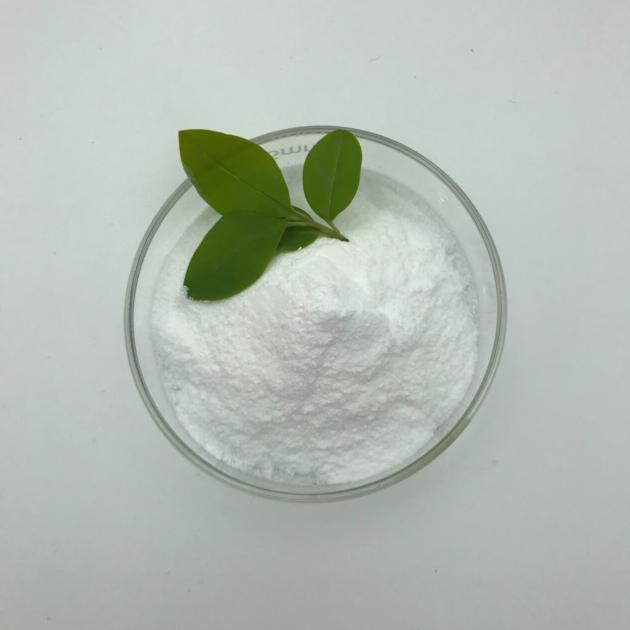
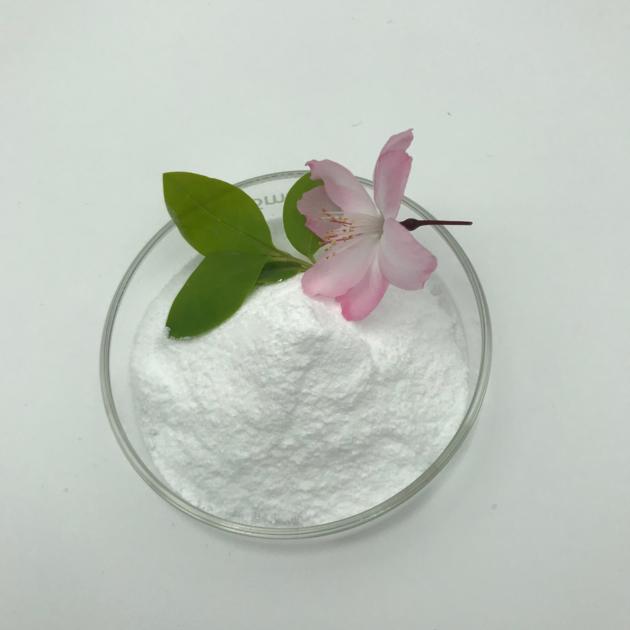
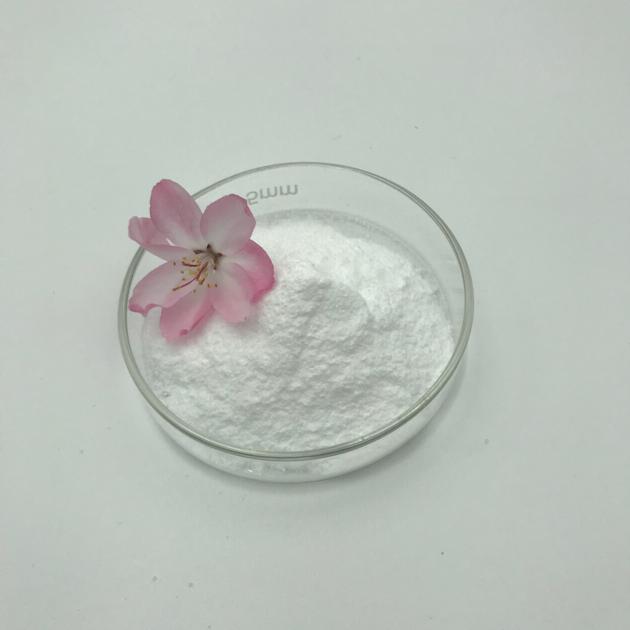
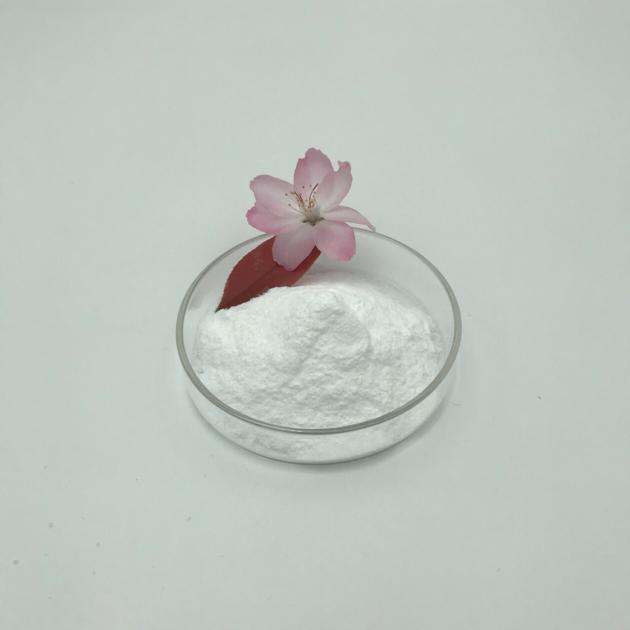
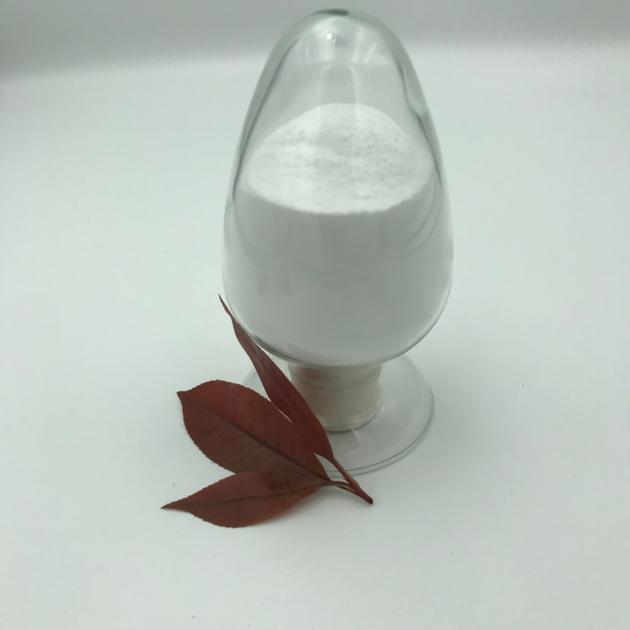
|
SUPPLIER PROFILE
|
|||
|---|---|---|---|
| Company: | Henan Kunsuo Trading Co., Ltd. | ||
| City/State | zhengzhou, 河南省 | Country: |
China 
|
| Business Type: | Export - Manufacturer / Trading Company | Established: | 2021 |
| Member Since: | 2021 | Contact Person | Amily Jia |
SUPPLIER PROFILE
City/State/Country -
zhengzhou, 河南省
China 

Business Type -
Export - Manufacturer / Trading Company
Established -
2021
Member Since -
2021
Contact Person -
Amily Jia



